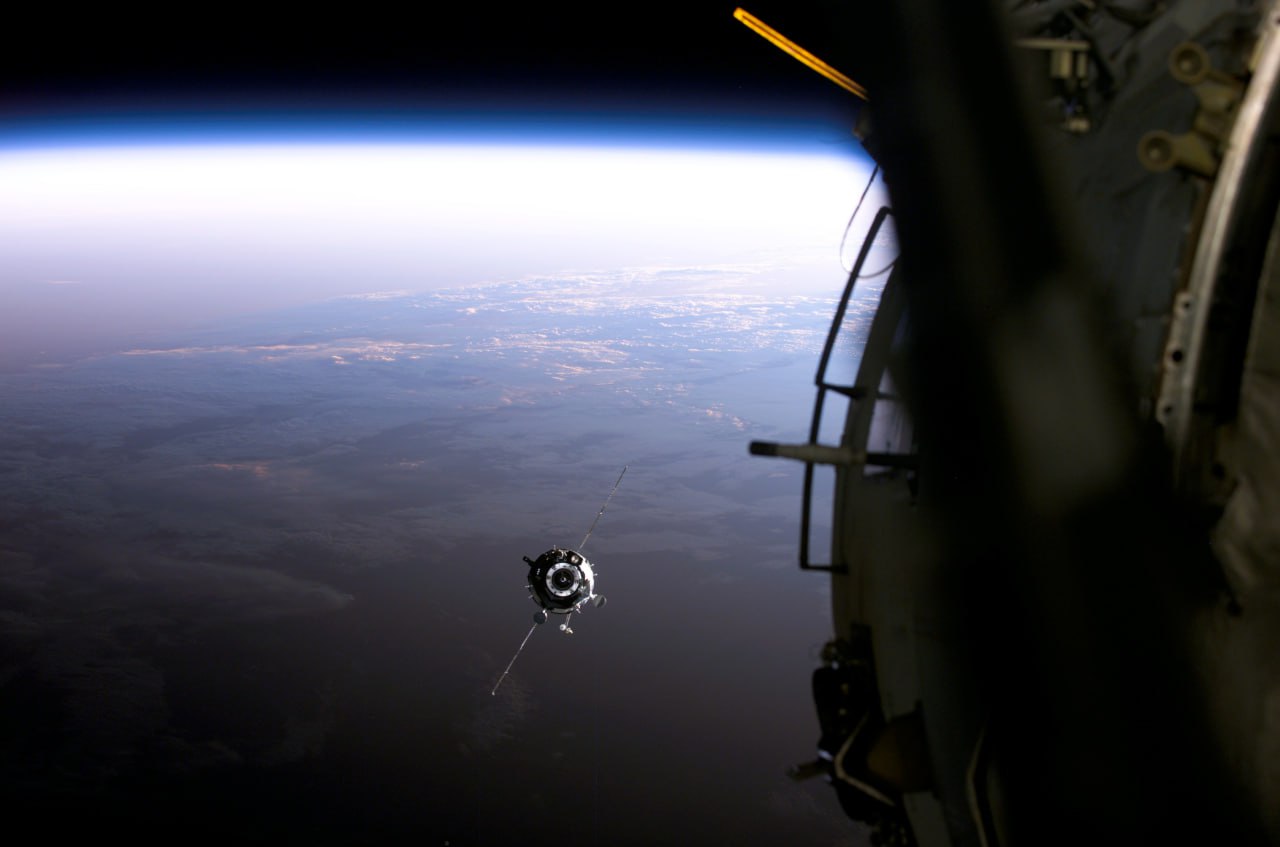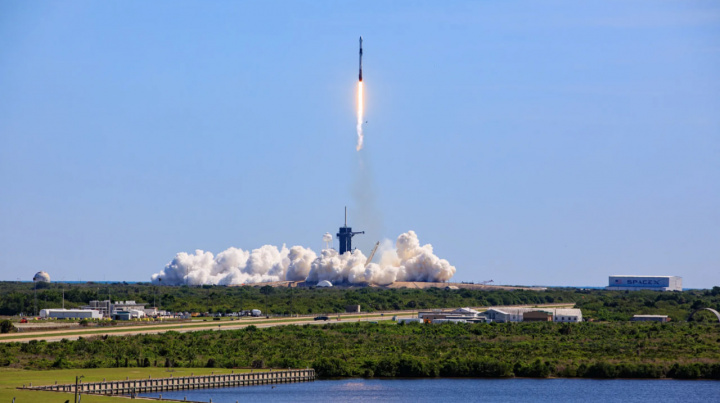Soviet-era Kosmos-482 spacecraft may crash to Earth: Risks for Uzbekistan assessed
The interplanetary spacecraft Kosmos-482, launched in 1972 under the Soviet Venera program, may fall to Earth between May 9 and 11, according to preliminary forecasts. Uzbekistan’s space agency Uzcosmos has assessed the probability of the spacecraft’s debris landing on the country’s territory.

Photo: NASA’s Astronomy Picture of the Day
Discussions have emerged on social media regarding the potential re-entry of Kosmos-482, a spacecraft launched 53 years ago during the Soviet Union’s exploration of Venus. Some sources suggest that its trajectory could intersect with areas in Asia or Central Asia.
Akhror Agzamov, Head of the Department for New Technology Implementation at Uzcosmos, addressed concerns about whether Uzbekistan could be among the affected regions.
He confirmed that on March 31, 1972, the Soviet Union launched the Kosmos-482 interplanetary spacecraft as part of its Venera program. However, due to a malfunction in the rocket’s final stage, the spacecraft failed to escape Earth’s orbit and has remained in low Earth orbit ever since.
According to preliminary estimates, fragments of the spacecraft may fall to Earth sometime between May 9 and 11.
“It is currently difficult to pinpoint exactly where Kosmos-482 will fall,” said Agzamov. “The likelihood of its debris landing in Uzbekistan is estimated at 0.3% to 0.5%. While most of the spacecraft will burn up during re-entry, a titanium sphere weighing around 500 kg – designed to survive Venus’s harsh environment – is particularly concerning. This component is expected to reach the ground intact. Despite being equipped with a parachute, it may not deploy properly after 53 years in space. The impact speed could reach up to 500 km/h.”
The expert also issued a warning: if fragments of the spacecraft are found, people should immediately notify authorities and avoid any contact, as the wreckage may contain hazardous chemical substances.
It was also noted that the Tashkent Mechanical Design Bureau participated in the later stages of the Venera program. The bureau was involved in designing and manufacturing soil sampling and drilling devices for the Venera-13 and 14 missions (1982) and Vega-1 and 2 missions (1985). These instruments were tested at a special site in the village of Nevich, located in Tashkent region.





